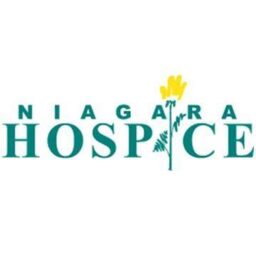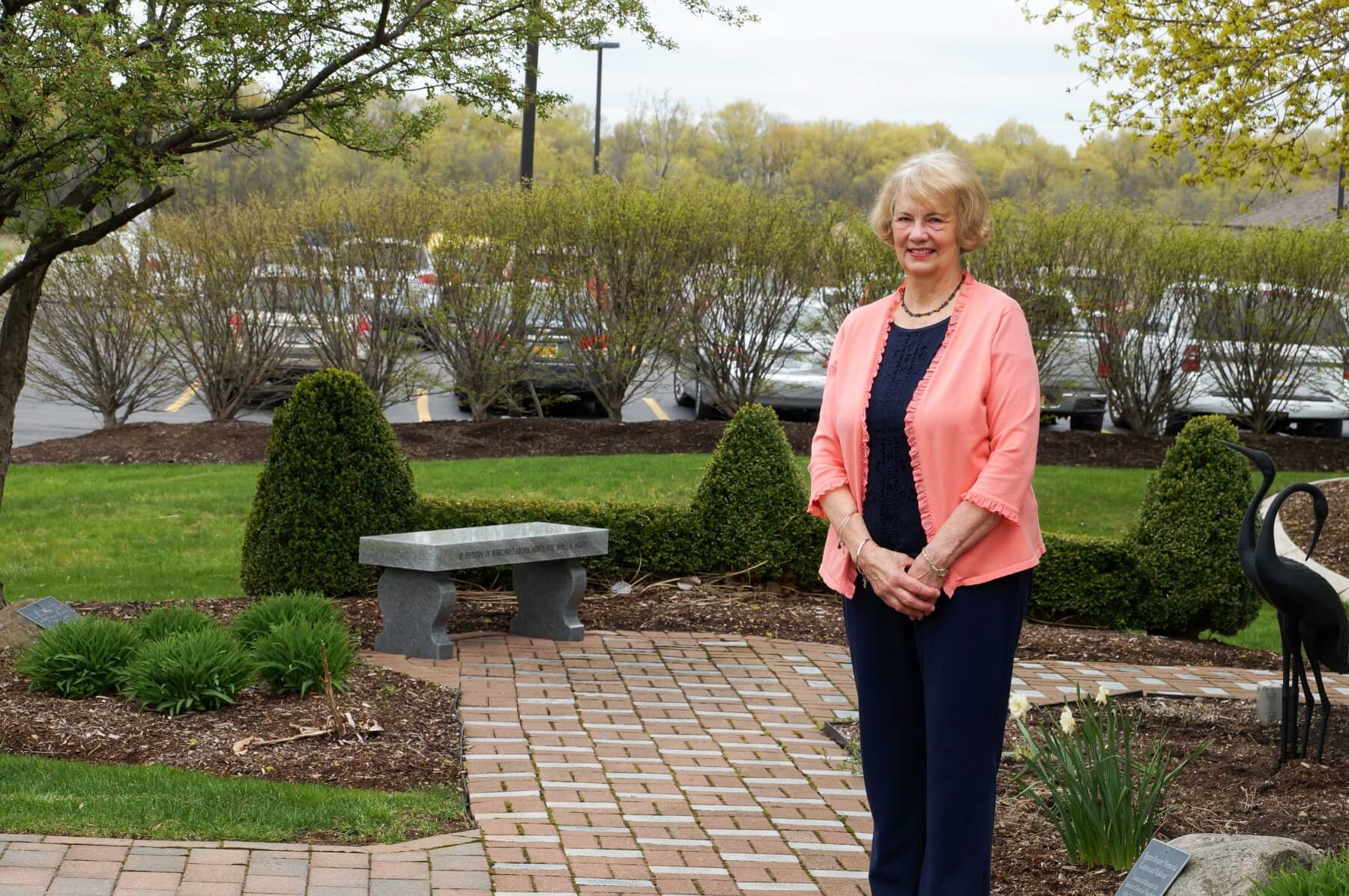By Anna Grande, Communications & Marketing Intern
The year is 1980. Patricia Evans just watched her neighbor and his family struggle with the aftermath of cancer. The family had little support, and they were left heartbroken. This was when Patricia started to work on the foundations for hospice care for patients and families in Niagara County.
After listening for months to Patricia talk about how essential hospice is, her friends suggested she take action to help make it become a reality. Two of her friends were attending an information meeting in North Tonawanda and they wanted Pat to join them. This first meeting, with 35 people in attendance, kick-started the Niagara Hospice we know today.
Only 35 people know exactly what went on in that meeting, but 40 years later, thousands of Niagara County families have seen the results. While sitting in this meeting, Patricia realized how big this organization could become. “That night, I knew not only would I be involved, but I would have a lead role,” she recalled. Patricia recognized that hospice was something she believed in so strongly, that she would do all she could to make sure this idea became a reality for all Niagara County families.
That first meeting led to the start of an ad hoc committee. Patricia was immediately asked to be the chair. From the inception of Niagara Hospice, she did whatever she could to make a big change. This ad hoc committee was made up of individuals who did not have much money or power, but they had a strong belief in hospice for the people of Niagara County. From those early planning days to today, their collective passion has led to nearly 30,000 Niagara County families receiving specialized care and personalized support and guidance throughout the challenges of a terminal illness.
“Despite all the passion the committee had, there was a challenge in conveying the meaning and importance of hospice care,” said Evans. “If someone had not personally experienced a terminal illness with a loved one, they were less understanding of why hospice was needed in Niagara County.”
This led the committee to realize the first step was educating the public about what hospice care provided and why it was so essential Niagara County have access to these services. Working with Buffalo Hospice, they began having information sessions to educate the communities around Niagara County about the future of hospice care they were trying to build.
By 1982, Niagara Hospice was incorporated under the title of Niagara Hospice Education Association Inc. At the start, it was not a health care organization, so education was included in the title to avoid confusion. They still had much more work to do and significant funds to raise to create an organization that could deliver comprehensive end-of-life care to Niagara County residents. There still would be six years until Niagara Hospice was able to admit its first patient.
In the meantime, the organization worked on creating a Certificate of Need for the New York State Department of Health. Pat Evans, along with the other members, worked on a proposal to convince the government that Niagara Hospice was needed to care for so many families in Niagara County.
By 1988, Niagara Hospice Inc. became the official name and a clinical staff was in place to deliver care to families. Since that first patient, 28,000 families have received support as they navigate the difficult times of late-stage diseases.
Patricia was the first president of Niagara Hospice, and to this day, she remains a member of the Board of Directors. While working to launch Niagara Hospice, she traveled to Great Britain in the ’80 to spend time at St. Christopher’s Hospice, working with Dame Cicely Saunders, credited with developing the modern hospice philosophy. She learned more about the approach of hospice care services and how Dame Saunders and St. Christopher’s end-of-life services operated and impacted their patients’ comfort and quality of life.
After having two sons, Patricia attended Niagara County Community College part-time to earn a degree in human services. There she fell in love with education. While attending graduate school at the University of Buffalo, she was first exposed to the hospice principles, which ultimately kick-started the entire hospice movement for Niagara County.
Following graduation, Patricia learned more about hospice and how to provide the highest quality of care for patients and their families and caregivers. In addition to being the co-founder of Niagara Hospice, she also worked to develop the human services program that NCCC still offers, which led to her position as a professor there until 2018.
Looking back on her involvement at Niagara Hospice, Patricia said that “the quality of care never wavered throughout the years.” The organization started with some people who wanted more support for families facing a terminal illness gathering around kitchen tables and generating ideas about to how to make a change in the availability of comprehensive end-of-life care. After its small group beginnings and Patricia’s vision and commitment, every employee, volunteer and donor has made a lasting impact on Niagara Hospice and helped elevate the comfort, dignity and quality of life for Niagara County residents.

